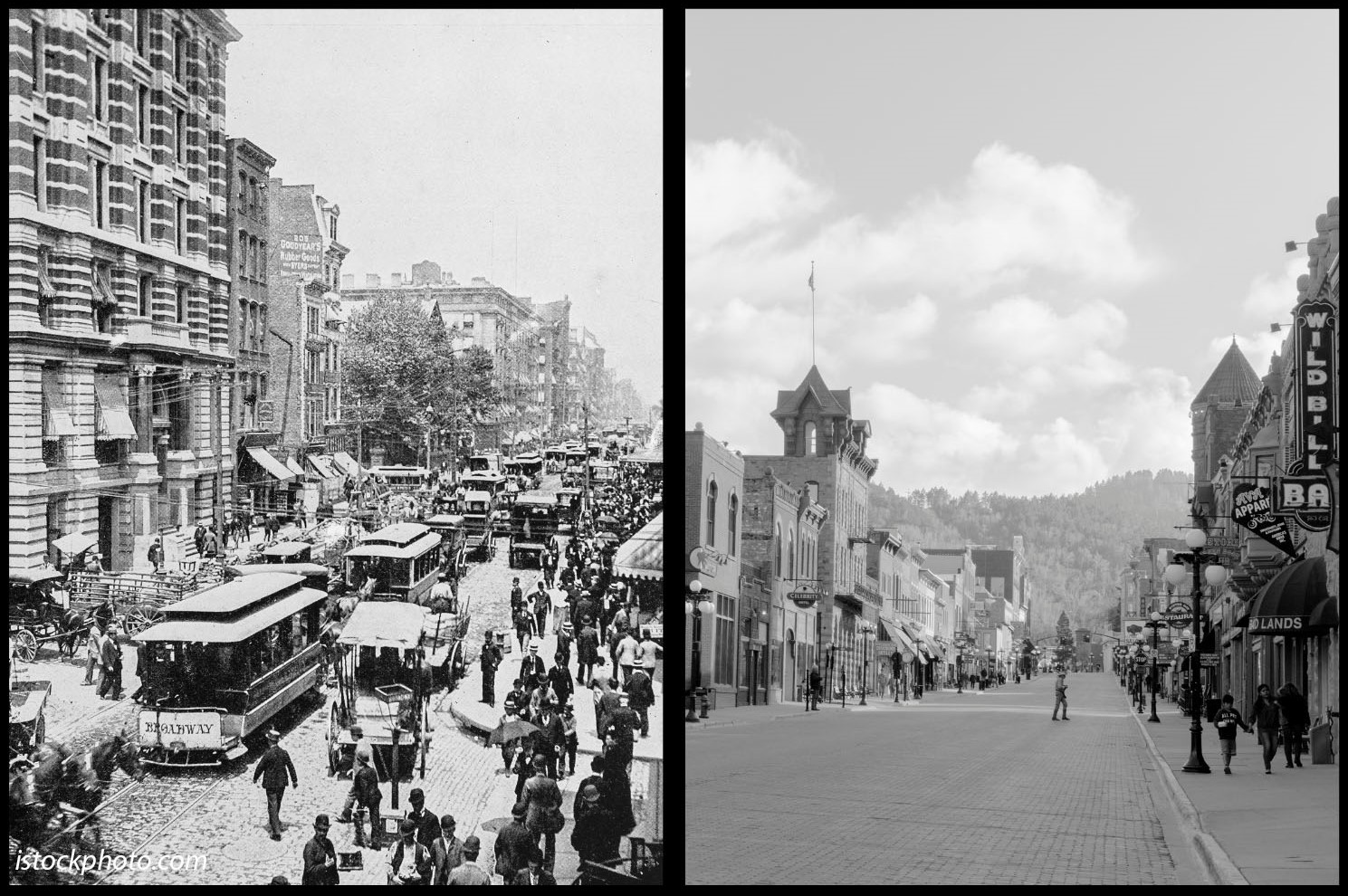
Walter Wendler, West Texas A&M University President and John Sharp, The Texas A&M University System Chancellor
Fifth in a series on Regional Universities.
Universities have significant economic impacts on the cities and regions in which they are located. The size of the institutions and the population densities of regions affect the nature of the economic impact. Do larger urban institutions create greater economic impact than smaller rural institutions for state and region? A question very difficult, nearly impossible, to answer but worth serious attention for the long-term impact of higher education on state economic productivity and personal fulfillment of Texans. Two economic impact studies were conducted by Emsi, a leading labor market analytics firm, in March 2019 in the case of an Urban Research University (URU), and August 2019 on a Comprehensive Regional University (CRU), West Texas A&M University, six months apart are analyzed here. Caution is required in comparing economic impact comparisons under the very best of circumstances, even for studies conducted by the same firm within six months of each other.
Much of the data for both studies is self-reported, and therefore an especially strong admonition for a circumspect view of comparisons is justified. However, it is possible to see some general tendencies in these analyses that create an appreciation for the different regional impact of universities on local economies. In the case of the URU, there are over 51,000 students enrolled, making it the third-largest public university in the state of Texas. In the case of WT, there are slightly over 10,000 students enrolled. The URU state appropriations for all campuses in the greater metropolitan area was $399.4 million, which is slightly under 20% of all funds expended. The balance of 80% of expenditures accrues from tuition, fees, residential living, food services, gifts, grants, contracts and auxiliaries such as athletics. For WT, state appropriations were $48,504,448, slightly over 20%. For the URU, that’s $7,831.84 per student. For WT, it’s $4,850.84 per student.
The estimated Panhandle population in 2019 was 433,993. There were 7,066,140 residents in the greater metropolitan area the URU served in 2019. WT has a $76.6 million budget for salaries and benefits for 910 full-time and part-time employees resulting in an average salary with benefits of $84,197. The URU has a $574.6 million payroll with 5,443 full and part-time employees with an average salary and benefits package totaling $105,567.
WT spent $95.2 million on goods and services to execute daily activities. The URU expended $385.5 million for similar day-to-day goods and services. Spending on goods and services by the URU in the greater metropolitan area was $54.55 per capita. It was almost $220 per capita in the Panhandle, showing a significant and legitimate state investment in an important region of Texas.
At WT, the total economic impact was forecast as $747.3 million, or approximately 3% of the total gross regional product of the Texas Panhandle, with 12,225 jobs supported. The URU total economic impact was $6.4 billion, or approximately 1.2% of the total gross regional product of the greater metropolitan area, with 61,751 jobs supported. There are many ways to perceive these differences, but WT plays a more substantial role in contributing to the local economy even when compared to a URU serving five times as many students.
The net impact of operations spending by WT in the Texas Panhandle during the analysis year was approximately $100.9 million in added income, which is equivalent to supporting 1,402 jobs. For the URU, the net impact of operations spending in the greater metropolitan area during the analysis year was approximately $717.6 million in added income, equivalent to supporting 7,139 jobs. WT job creation attributed to the university equates to .0032 jobs per capita, while the URU generates .0010 jobs per capita. This suggests that from a jobs creation standpoint, WT has a powerful regional impact.
For its seeming precision, all of this arithmetic does little to substantiate the economic and social value of a university to the state of Texas or a particular region. However, what is abundantly clear is that universities have great value to Texas that may vary widely region by region, but the institutional impact is real and vital, above and beyond, the production of graduates who make a difference in the Texas economy. Those who are the first-in-family to attend college are profound from a personal, family, regional, and state perspective. WT serves a population split 50/50 as first-in-family and second or third-generation college-goers. The impact of a reasonably funded, efficiently run comprehensive university is significant. Additionally, the trajectory of a family’s economic destiny is power and in all likelihood, exceeds arithmetic analysis. Even with the arithmetic, comprehensive regional universities have a positive impact that by many measures is equivalent to their much larger counterparts in the state’s more densely populated regions.
The Texas A&M University System, with its regional universities like WT, is committed to serving all of Texas in response to legitimate economic impacts of various regions that contribute to a balanced and widely distributed state prosperity.
Walter V. Wendler is President of West Texas A&M University. His reflections are available at http://walterwendler.com/.
John Sharp is the Chancellor of The Texas A&M University System. Read more at https://chancellor.tamus.edu/.
